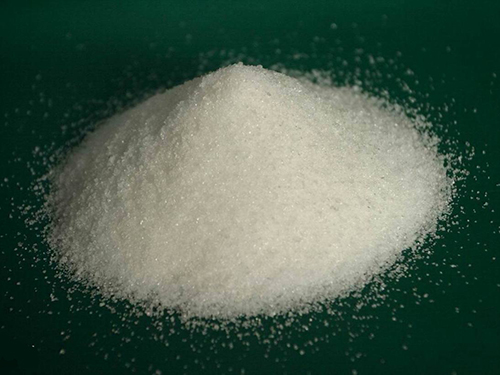me isothiazolinone
Understanding Methylisothiazolinone Uses, Benefits, and Concerns
Methylisothiazolinone (MI) is a widely used biocide and preservative that has garnered significant attention in both industrial and consumer product formulations. As a member of the isothiazolinone family, MI is commonly utilized for its effective antifungal and antibacterial properties, making it an essential ingredient in various applications, including cosmetics, personal care products, household cleaners, and industrial products.
The Importance of Methylisothiazolinone
MI serves a crucial role in preventing microbial growth in products that are susceptible to spoilage, particularly those containing water as an essential component. Given its effectiveness at low concentrations, MI can enhance the longevity of a product while maintaining its safety and quality. It is often found in products such as shampoos, lotions, and wipes, where moisture can promote the growth of bacteria and mold.
One of the significant advantages of MI is its broad-spectrum efficacy. It is effective against a wide range of microorganisms, including bacteria, fungi, and yeast, allowing manufacturers to achieve comprehensive preservation in their formulations. This is especially valuable in the cosmetic and personal care industries, where the safety and integrity of products are paramount.
Regulatory Status and Safety Concerns
Despite its benefits, the use of methylisothiazolinone has raised safety concerns, particularly regarding skin sensitization and allergic reactions. Over the past decade, there has been a growing body of evidence linking MI exposure to allergic contact dermatitis, a condition characterized by red, itchy, and inflamed skin. The European Commission and other regulatory bodies have begun to reevaluate the allowable concentrations of MI in consumer products due to these concerns.
me isothiazolinone

In response to rising safety issues, many cosmetic brands have opted to reformulate their products to reduce or eliminate the use of MI. Some countries, including those in the European Union, have established strict guidelines governing its use, limiting concentrations and mandating proper labeling. This regulatory scrutiny has led to ongoing debates around the balance between effective preservation and consumer safety.
Consumer Awareness and Alternatives
With heightened awareness regarding the potential risks associated with methylisothiazolinone, consumers are increasingly seeking products that are free from this chemical. Many brands have opted to promote MI-free formulas, appealing to the growing market of health-conscious consumers who prioritize natural ingredients. As a result, the cosmetic and personal care industry has seen an influx of alternatives that utilize natural preservatives or innovative formulation techniques to ensure product safety and efficacy without compromising on quality.
Natural preservatives such as essential oils, vitamin E, and rosemary extract are gaining popularity as safer alternatives to synthetic preservatives like MI. These ingredients not only serve to protect products from microbial contamination but also often provide additional benefits, such as antioxidant protection and skin-conditioning properties.
Future Perspectives
As the conversation around methylisothiazolinone continues to evolve, manufacturers are tasked with the challenge of finding effective preservation solutions that align with consumer preferences and regulatory requirements. Innovations in preservation technology, including the development of new biocides and formulation approaches, will likely play a crucial role in shaping the future landscape of personal care and cosmetic products.
In conclusion, methylisothiazolinone presents a classic case of a chemical that exemplifies the ongoing tension between the necessity of preserving products and the imperative of ensuring consumer safety. While its efficacy as a biocide is well established, the associated risks have prompted calls for reformulation and increased transparency within the industry. As consumer awareness continues to grow, the demand for safer, more natural products is likely to steer future developments in preservation technology, ultimately leading to better options for consumers and manufacturers alike.
-
2-Phosphonobutane-1,2,4-Tricarboxylic Acid: Scale & CorrosionNewsAug.29,2025
-
Premium Isothiazolinones | Broad-Spectrum Biocidal SolutionsNewsAug.28,2025
-
LK-319 Special Scale And Corrosion Inhibitor For Steel Plants: Advanced Solutions for Industrial Water SystemsNewsAug.22,2025
-
Flocculant Water Treatment: Essential Chemical Solutions for Purification ProcessesNewsAug.22,2025
-
Isothiazolinones: Versatile Microbial Control Agents for Industrial and Consumer ApplicationsNewsAug.22,2025
-
Scale Inhibitor: Key Solutions for Water System Scale PreventionNewsAug.22,2025





